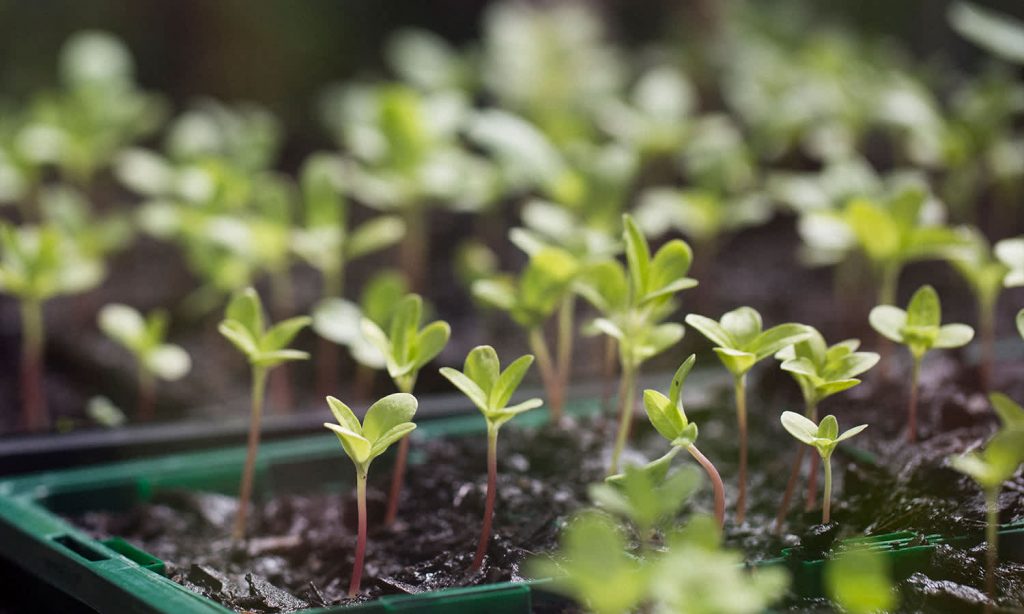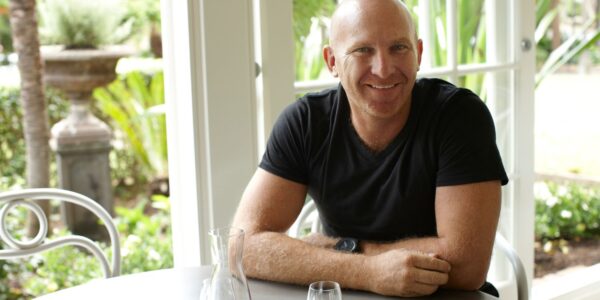Growing your own veggies is such a delight and in many ways feels like the most wholesome, life-affirming activity you can do.
It’s true that coming in from the garden with a heaped bowl of cherry tomatoes is an unbeatable feeling, but whether or not those mental health benefits really extend to your wallet is another question.
With the price of lettuce and other vegetables being what it is today, you might be thinking that growing your own could be a sweet life hack to circumvent the supermarket. Sometimes this can be true, but in most cases, growing your own veggies is unlikely to make much economic sense.
Here’s when you should, and when you shouldn’t consider starting a veggie patch and how to ensure you maximise those potential food bill savings.
How to Grow Vegetables to Save Money
Growing veggies to save money on your food bill does make sense in certain circumstances, but those can be few and far between.
Let’s take cherry tomatoes as an example since these are some of the easiest vegetables to grow.
Buying cherry tomatoes outright might set you back between $3.50 and $4.50 depending on the tomatoes you’re after. That’s a 250g pack at Coles, which gets you around 15 or so tomatoes. Let’s round that up to $5 to include fuel costs and the inconvenience of going to the shops.
Now, depending on the plant you have, a decent crop of cherry tomatoes might give you around 50 tomatoes. It could even be up to 100 across a whole season, if you know what you’re doing and have the optimum conditions.
That equates to three to six packets of Coles cherry tomatoes, or between $15 and $30. Sounds pretty easy to beat, right?
Well, assuming you’re starting from absolutely nothing, you’re going to need a bit of kit to get going with your tomatoes. A packet of seeds will cost you $4.75 from Bunnings, or you could buy already established plants for $6.95 each. The seeds are the better option as you’ll have more tomatoes than you know what to do with, but the seedlings could be a good shout if you don’t want the fuss of germinating them.
If you go the seed route, you’ll need germination pots, soil, and a cover for the seedlings. A 90-pack of germination pots costs $18.80 from Bunnings, while a 25-litre bag of specialist tomato soil will run you $9.75. A cover for your seedlings, like the Saxon Small Dome Plant Protector from Bunnings, is $3.95 and let’s say you buy four of these to protect your seedlings. Trust us, you’ll wish you had them when the birds descend on your baby tomato plants.
Once the plants outgrow their little pots, you’ll need to transplant them to either a veggie patch or larger pots. Veggie patches, when properly established, can cost anywhere from $20 to a few hundred, depending on the size of your set-up and the materials used. Large plastic plant pots can be anywhere from $3.99 to $15, also depending on the size. You’ll also need more soil, fertilizer, and potentially stakes and bug protection to keep your plants happy.
All of this is going to basically far outweigh the cost of saving $30 on a few kilos of tomatoes at Coles. While there are amazing benefits to being active in the garden, in the short term, the financial aspect isn’t one of them.
That being said, there are ways you can minimise upfront costs that do make the practice a little more competitive.
How to Grow Vegetables and Save Money
Okay, thinking about all of the above, there are ways you can minimise your costs. The first would be saving seeds from vegetables like tomatoes and cucumbers that you buy already and growing these out instead of buying seeds. Just be aware that you typically can’t grow fruit from seeds as these require grafting which can be difficult. However, the range of vegetables you can grow from scraps and offcuts — including potatoes, garlic, ginger, carrots and many more — is pretty astounding, so have a look at what you’ve got.
Secondly, having the space to grow is quite a limiting factor. If you’ve got a garden, or an outdoor space that your landlord doesn’t mind becoming a garden, you’ll save massively on soil and planter box costs.
If you add compost to the mix, and already have or are thinking of starting a compost box, this will also reduce the costs of soil and fertiliser. This can be done with small spaces including apartments.
The biggest factor in gardening is knowing what you’re doing and having the time to do it. This comes with a lot of trial and error and you’re likely to lose a few crops in the process. While the upfront costs and the lessons on what not to do can be expensive, if you turn gardening into an annual habit, you’re much more likely to start reaping the financial rewards. Gardening takes time and dedication as well as many months of care for the plants to grow. While it is possible to start seeing reductions in your food bill, don’t expect this to happen overnight.
Click here for our guide on what vegetables you can grow in winter.
Read more stories from The Latch and subscribe to our email newsletter.







